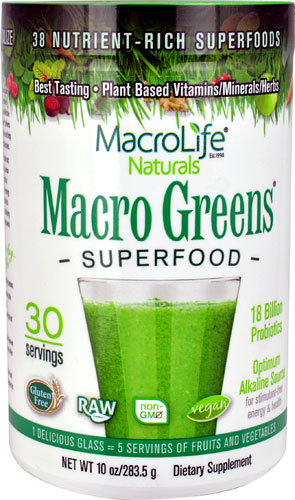Want to keep your peepers sharp well into old age? Add a little green to your dinner plate right now.
Eating green leafy vegetables may significantly reduce your risk of developing early stage age-related macular degeneration, researchers at Australia's Westmead Institute for Medical Research have found.
The study found that people who consumed between 100 and 142 milligrams of vegetable nitrates -- found mostly in green leafy vegetables and beetroot -- each day lowered their risk of developing the disease by 35 percent compared to those who consume less than 69 milligrams of such nitrates daily.
This is the first time anyone has measured the impact of dietary nitrates on macular degeneration risk, according to the researchers.
Leafy green vegetables have something of a bad name right now, thanks to the recent recall of romaine lettuce harvested from parts of northern and central California.
The lettuce was contaminated with E. coli. Until the scare blows over, it's best not to eat romaine lettuce. But other types of leafy greens remain as healthful as ever.
Other health benefits of green leafy vegetables
Eating green leafy vegetables offers numerous health benefits that reach beyond better eyesight, says Caroline West Passerrello, a Pittsburgh-based registered dietitian nutritionist and spokesperson for the Academy of Nutrition and Dietetics.
Most types of green leafy vegetables are a “fat-free, cholesterol-free, excellent source of dietary fiber,” she says.
Examples of green leafy vegetables include:
- Spinach
- Collard greens
- Beet greens
- Cabbage
- Kale
- Swiss chard
- Dandelion greens
In addition to serving as a great source of dietary fiber, green leafy vegetables are high in vitamins A, C and K, and are rich in iron.
The U.S. Department of Agriculture cites other health benefits of eating these vegetables, including:
- Blockage of the early stages of cancer, thanks to large amounts of carotenoids-antioxidants that protect cells
- Promotion of heart health and prevention of birth defects, thanks to the presence of the B vitamin folate
- Protection against osteoporosis and inflammatory disease, thanks to the presence of vitamin K
https://www.ars.usda.gov/plains-area/gfnd/gfhnrc/docs/news-2013/dark-green-leafy-vegetables/
Getting the most from green leafy vegetables
To get the most from your green leafy vegetables, Passerrello says most adults should aim for eating about 2 to 3 cups of the food each day.
One good method of making sure you get enough dietary nitrates and other nutrients is to consume fruits and vegetables with a variety of colors.
“Vary your veggies,” she says. “Aim to eat the rainbow daily, or at least weekly.”
Eating greens along with a good source of fat can help your body absorb the fat-soluble vitamins in the vegetable. For example, you could use canola oil when sautéing, peanut butter in a smoothie or an olive-oil-based salad dressing, Passerrello says.
Meanwhile, eating a serving of citrus fruit can help your body absorb the iron in green leafy vegetables.
Overcoming the challenge of eating leafy greens
Eating leafy greens can be a challenge for some.
For starters, people with certain medical conditions need to be careful when eating green leafy vegetables.
“If you take a blood thinner, you need to maintain consistent blood levels of vitamin K,” Passerrello says. “So, it’s important that you talk with your doctor about your consumption of leafy greens.”
As with any fruit or vegetable, you need to properly wash and store your green leafy vegetables to reduce the likelihood of food-borne illness and spoilage, Passerrello adds.
Some people just don’t like the thought of gulping spinach and other leafy greens. If you are in this camp, Passerrello suggests experimenting with different types of leafy greens until you find one that works.
She notes that raw, steamed and dried leafy greens all taste differently. So, while you might not like raw kale, you might enjoy kale chips.
Or, perhaps you don’t like spinach, but won’t even notice it when you blend it into a smoothie. You can also add leafy greens to soup, stir fry and omelets.
Passerrello urges you to experiment with these preparation options until you find one that clicks for you. “The best leafy green vegetable is the one that you’ll eat,” she says.




